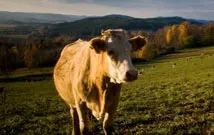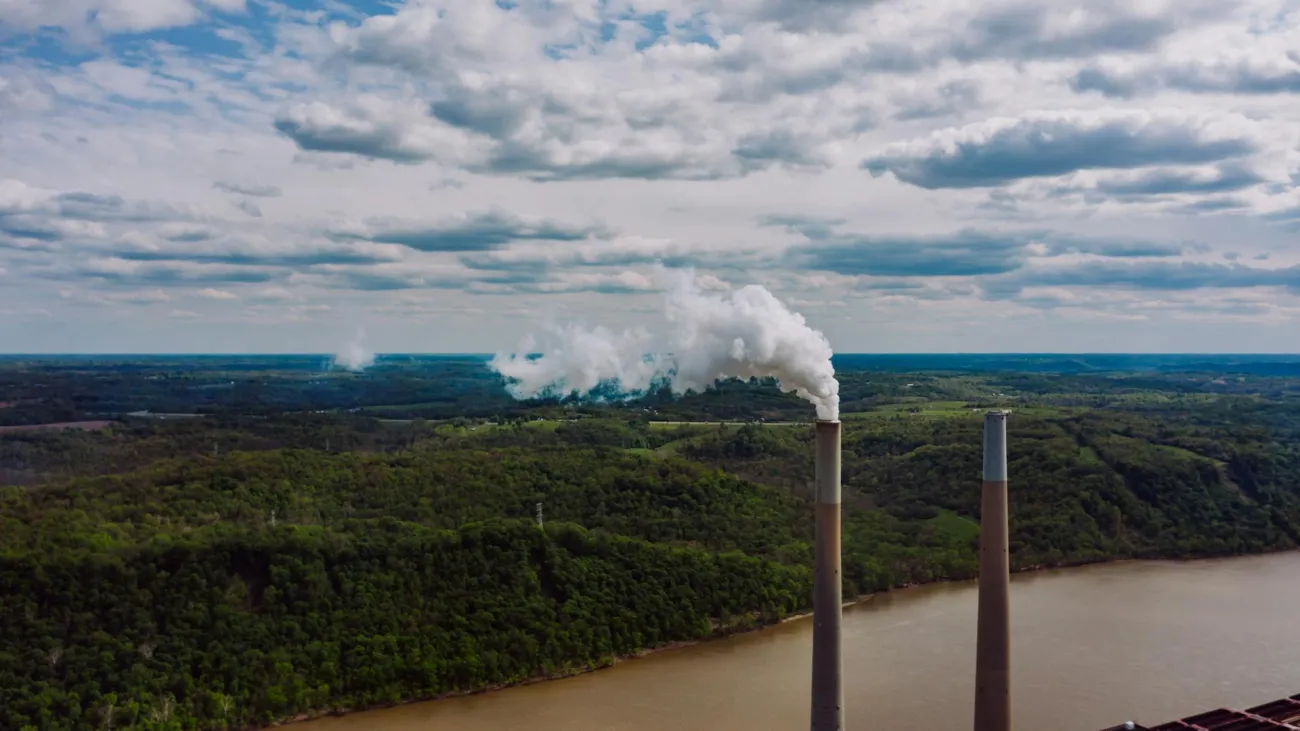
FAO published a new report in September 2013 with revised estimates for GHG emissions from livestock. The “Tackling Climate Change Through Livestock: a global assessment of emissions and mitigation opportunities” report and two accompanying technical reports are long awaited since they include an updated estimate of the livestock sector’s GHG contribution - putting the figure at a lower 14.5 percent of global human-caused emissions, compared to 18 percent in the previous report from 2006.
The new report represents the most comprehensive estimate made to date of livestock's contribution to global warming – as well as the sector's potential to help tackle the problem. It outlines the scope for reducing the livestock sector’s impact by 30% on anticipated levels through a suite of production side approaches. These include better adoption of existing technologies and best practice in feeding, health and husbandry, and manure management. The report argues that these measures would also boost production – providing people with more food and higher incomes, with benefits for food security and poverty reduction.
The report’s focus is overwhelmingly on production side approaches despite the growing body of research that has investigated and highlighted the contribution that dietary changes could also make to achieving emission reductions. The report confines itself to the following brief discussion of diets (p 45):
“Reducing the sector’s emissions may be achieved by reducing production and consumption, by lowering emission intensity of production, or by a combination of the two. This assessment does not investigate the potential of reduced consumption of livestock products.
Several authors have, however, assessed the hypothetical mitigation potential of different dietary change scenarios (see, for example, Stehfest et al., 2009; Smith et al., 2013); their work demonstrates the substantial mitigation effect, and its relatively low cost, compared with alternative mitigation strategies. Positive effects of reducing animal protein consumption on human health are also reported among populations consuming high levels of animal products (McMichael et al., 2007; Stehfest et al., 2009).”
The role of consumption side changes in achieving reductions are not referred to further in the report’s conclusions nor indeed in the press release.
As regards the adequacy of production side approaches, the report also makes this important comment:
“The future overall emissions of the sector will depend on the combined effect of emission intensity reductions and growth in production, which is projected to increase by about 70 percent between 2010 and 2050 (FAO, 2011c). Under the BAU outlook, the global average emission intensity of livestock supply chains is expected to decrease slightly, as more efficient practices are adopted and as most of the sector’s growth takes place in commodities with relatively low emission intensities. This assessment has shown that narrowing the emission intensity gap within production systems could reduce of emission intensities by about one-third of current levels. On a global scale, it is unlikely that the emission intensity gains, based on the deployment of current technology, will entirely offset the inflation of emissions related to the sector’s growth. However, the full technical mitigation potential of the sector, i.e. the effect of applying all available mitigation techniques, irrespective of their cost, is greater than a third of current emissions and it is possible that technological breakthroughs will allow mitigation above and beyond current estimates. Furthermore, in regions where expected production growth is low, reductions in emission intensity may may be able to fully offset sector trends. These considerations, which were not included in the scope of this assessment, require further research. This would involve economic and social analyses to better understand regional specificities, differences between systems and interactions between rural development, food security and mitigation. It would also require to assess the effect that efficiency gains way have on consumers’ price and consumption levels. This research is required to better understand the overall mitigation potential in the sector and to identify livestock’s role in global and multisector efforts for addressing climate change.”
Citation
Gerber, P.J., Steinfeld, H., Henderson, B., Mottet, A., Opio, C., Dijkman, J., Falcucci, A. & Tempio, G. 2013. Tackling climate change through livestock – A global assessment of emissions and mitigation opportunities. Food and Agriculture Organization of the United Nations (FAO), Rome.
To read more about the new report see the FAO website and to download it, click here.
We would be very interested in FCRN members’ reactions to the report. Please do provide post your views and comments in the forum section of the website. You will need to be logged in to make a comment - but if you have forgotten your log in details, just email John, the website manager at and he will sort you out.
The International Meat Secretariat has commented favourably on the report (pre publication) here.
The UK’s Eating Better campaign welcomes the new estimate but argues that the report represents a missed opportunity to address the diets issue. Read more here.
For info, the original report from FAO “Livestock's Long Shadow - Environmental Issues and Options” from 2006, can be found on the FCRN website here. There were many critical responses to this report concerning the estimates at the time, ranging from those arguing that it was a too high estimate and those arguing that it was too low. Further examination of is given in this paper “Livestock and greenhouse gas emissions: The importance of getting the numbers right” from 2011, found here.
Note that emissions from livestock as a % of total emissions are likely to vary by country and will depend on a range of factors including the level of industrialisation (ie. relative importance of other sectors), importance of livestock production to the country and the method of production. The livestock sector’s influence on land use change within the country itself or abroad (through its demand for feed) will also influence the GHG contribution attributed to the sector.
A regional estimate for Europe is given in this report. There is also an FAO publication with life cycle assessment of the global dairy sector, found on our website here.
For more studies on the environmental impacts of the meat & dairy sector, have a look at the LCA section in the research library.




Comments (0)